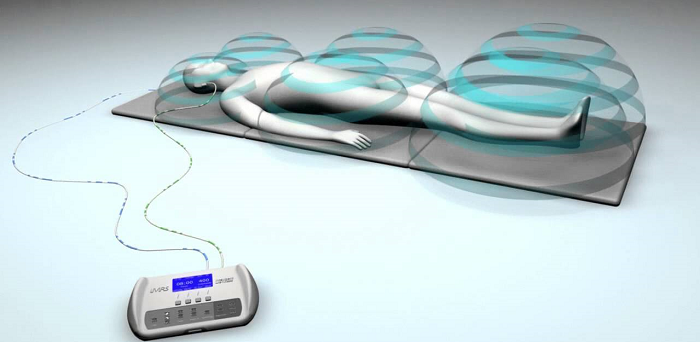With an increased focus on workplace safety and occupational wellness in this country, ergonomist should be excited and filled with feelings of vindication for the science! However, when we experience trends in thinking and understanding, there is a social revolution that often follows and runs amuck.
Driven by a perceived societal need, we tend to see an increase in commercial products that offer antidotes without fully solving a problem. A number of these products have been developed to provide tangible solutions to workstation design limitations and associated instances of chronic conditions such as neck, wrist and back related injuries.
We should all be familiar with one product that has gained wide workplace acceptance: the “ergonomic” chair. Not long after, the stability ball chair began popping up in offices across America claiming to improve our posture while sitting and working for long periods of time. Most recently, and my personal favorite, is the revelation that “sitting is the new smoking” and the push towards standing or convertible desks. The push for these types of desks has seemingly gone viral, in part due to Apple CEO’s alternate use of the phrase “sitting is the new cancer”. The slogan was used to help market the health-related features of Apple Watch. Both versions of the message serve a single purpose: to instill fear of negative consequences for everyday habits that could lead to unhealthy outcomes. It’s bad enough that we may be working in jobs we don’t always love but now we are destined for cancer because of these jobs! Stability balls and stand up desks for everyone!
Not so fast… this is when we have to stop and ask ourselves:
“What is the intent of these messages and the true underlying problem?”
These products can be very useful in the war against workplace injuries, but the propensity of the media to turn science into product propaganda has driven us towards the quest for magic pill solutions instead of understanding the genesis of these problems. When this occurs, society turns to industry for immediate solutions that fulfill our need for immediate gratification. The fundamental truth is that these aids are effective at treating symptoms but not necessarily the core issue or cause of injury.
What happens when you only treat symptoms?
New or different symptoms appear, and the original problem persists and often progresses to a more serious state.
What do we do next?
We fall into the trap and look for the next new magic solution!
The moral here is that sitting for extending periods of time, repetitive action and/or in action, is bad for you. Simply switching to another position is not going to solve the problem and over the long term it will only reward you with new symptoms and/or change the outcome of the problem. It is important to ensure that your workplace is tailored to your anthropometric measurements. More importantly, you must alternate tasks, positions, and body postures consistently throughout the day. Ergonomic products can be part of this strategy but are not the definitive solution. The human body is built to be dynamic, use this knowledge to change how you approach your day and structure your tasks accordingly while leveraging ergonomic design solutions to effectively mitigate your risk. The smallest changes can reap large rewards. For example, walk to see your co-worker, don’t call or email. You may not only ward off cancer, but could strengthen a workplace relationship. Variety is the spice of life and the ergo holy grail!






